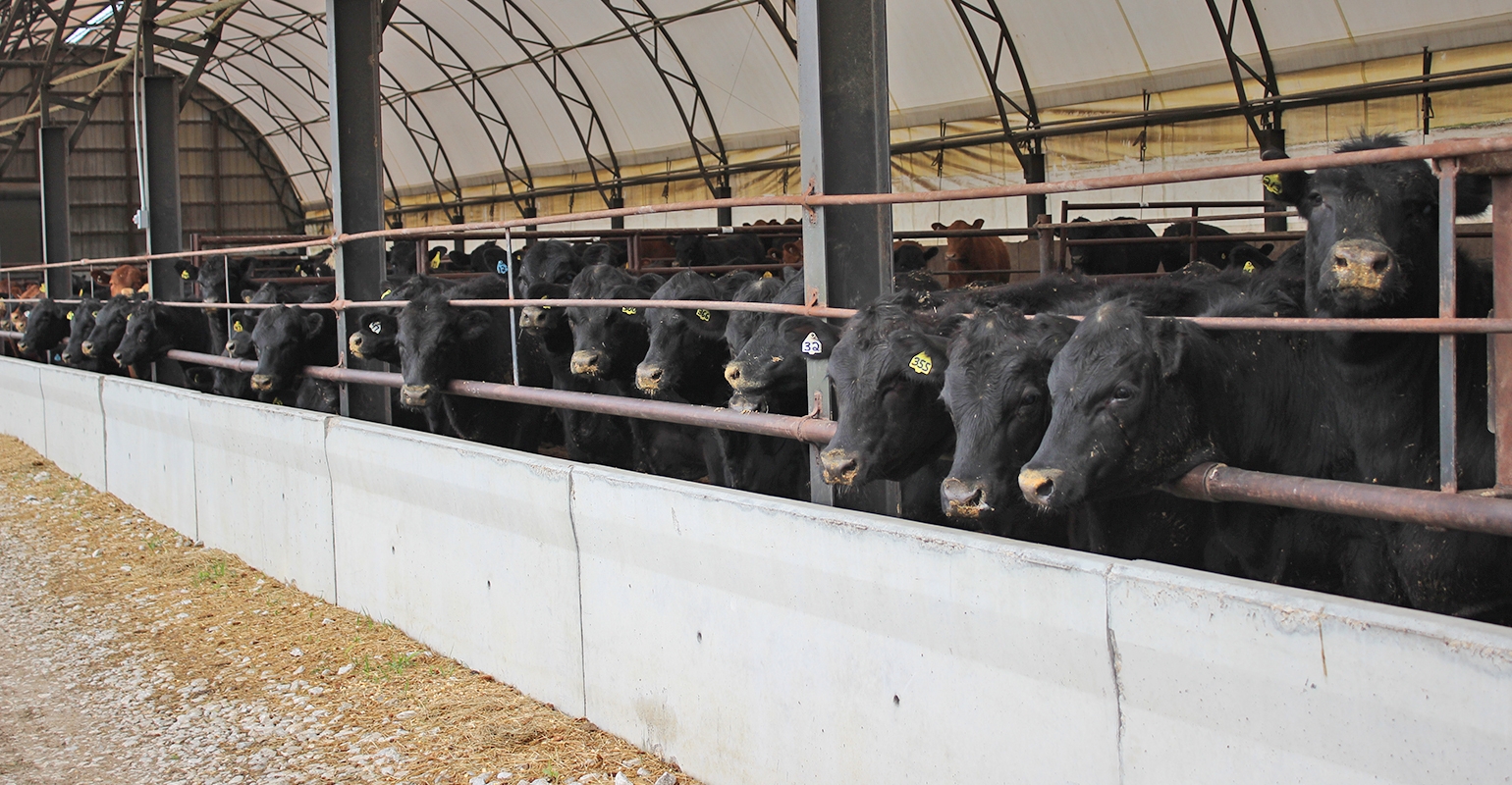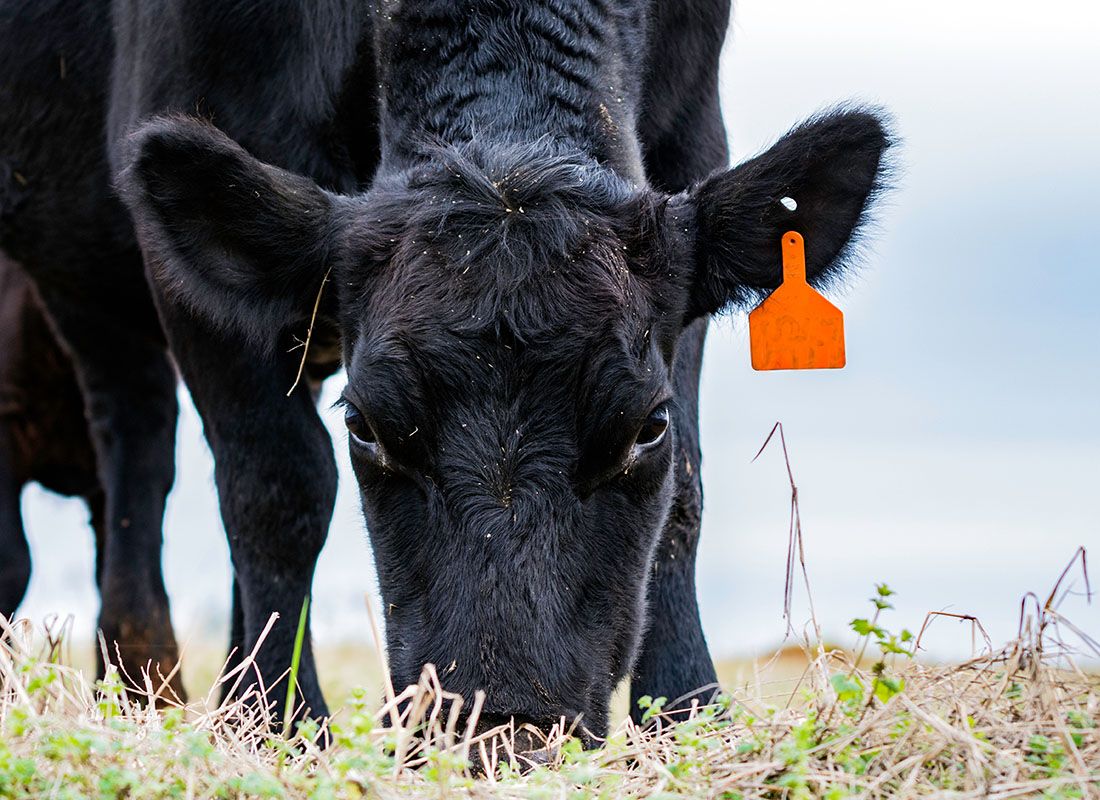Expert Assistance: Bagley Risk Management Methods
Expert Assistance: Bagley Risk Management Methods
Blog Article
Comprehending Animals Risk Protection (LRP) Insurance Policy: A Comprehensive Overview
Browsing the world of livestock danger protection (LRP) insurance can be a complicated venture for many in the agricultural field. This sort of insurance policy uses a safeguard versus market changes and unexpected circumstances that might affect livestock producers. By recognizing the ins and outs of LRP insurance, manufacturers can make informed decisions that may guard their operations from economic dangers. From exactly how LRP insurance policy operates to the different protection choices offered, there is much to uncover in this thorough guide that can potentially shape the method livestock producers approach risk monitoring in their services.

Exactly How LRP Insurance Coverage Functions
Occasionally, understanding the mechanics of Livestock Danger Protection (LRP) insurance coverage can be complicated, yet breaking down how it functions can offer clarity for farmers and breeders. LRP insurance coverage is a threat monitoring device designed to protect animals producers against unforeseen price declines. The policy enables producers to set an insurance coverage level based upon their particular needs, picking the number of head, weight array, and insurance coverage cost. As soon as the plan is in location, if market prices drop below the protection price, producers can file a claim for the difference. It is very important to keep in mind that LRP insurance policy is not a profits guarantee; instead, it concentrates solely on rate danger protection. The insurance coverage period generally varies from 13 to 52 weeks, offering flexibility for manufacturers to select a period that aligns with their production cycle. By utilizing LRP insurance coverage, farmers and ranchers can reduce the economic threats connected with varying market rates, ensuring greater security in their procedures.
Qualification and Insurance Coverage Options

When it involves protection choices, LRP insurance coverage uses manufacturers the adaptability to choose the insurance coverage degree, insurance coverage duration, and endorsements that best fit their risk administration requirements. Protection degrees normally vary from 70% to 100% of the anticipated ending value of the insured livestock. Producers can additionally select insurance coverage periods that align with their manufacturing cycle, whether they are guaranteeing feeder cattle, fed cattle, swine, or lamb. Endorsements such as price threat defense can additionally customize coverage to shield versus negative market changes. By recognizing the qualification standards and protection choices offered, livestock manufacturers can make enlightened choices to take care of danger successfully.
Pros and Disadvantages of LRP Insurance Policy
When reviewing Livestock Risk Protection (LRP) insurance, it is important for livestock manufacturers to evaluate the disadvantages and advantages integral in this danger administration device.

Among the primary advantages of LRP insurance is its capability to offer protection against a decline in animals prices. This can assist safeguard producers from monetary losses resulting from market changes. In addition, LRP insurance provides a degree of flexibility, permitting producers to customize coverage degrees and policy durations to match their particular requirements. By securing in an ensured rate for their livestock, producers can much better take care of danger and strategy for the future.
Nevertheless, there are additionally some disadvantages to think about. One constraint of LRP insurance policy is that it does not secure against all sorts of dangers, such as condition break outs or all-natural disasters. In addition, premiums can in some cases be expensive, especially for manufacturers with huge livestock herds. It is crucial for manufacturers to meticulously assess their private danger direct exposure and economic scenario to establish if LRP insurance policy is the best threat monitoring tool for their operation.
Comprehending LRP Insurance Coverage Premiums

Tips for Making The Most Of LRP Perks
Making best use of the benefits of Livestock Threat Security (LRP) insurance policy calls for tactical preparation and proactive risk monitoring - Bagley Risk Management. To take advantage of your LRP insurance coverage, consider the complying with pointers:
Routinely Analyze Market Problems: Keep informed concerning market patterns and price changes in the livestock market. By monitoring these factors, you can make informed decisions about when to acquire LRP coverage to safeguard versus prospective losses.
Establish Realistic Insurance Coverage Levels: When picking insurance coverage levels, consider your manufacturing expenses, market price of livestock, and potential dangers - Bagley Risk Management. Establishing sensible coverage degrees makes sure that you are sufficiently shielded without overpaying for unneeded insurance
Expand Your Coverage: Rather than relying exclusively on LRP insurance policy, consider expanding your threat administration approaches. Incorporating LRP with other threat monitoring devices such as futures agreements or options can give detailed protection versus market unpredictabilities.
Evaluation and Change Coverage Routinely: As market conditions alter, occasionally evaluate your LRP coverage to ensure it aligns with your present danger exposure. Readjusting insurance coverage degrees and timing of purchases can assist maximize your danger defense strategy. By following these ideas, you can make best use of the benefits of LRP insurance policy and safeguard your livestock operation against unexpected dangers.
Final Thought
In verdict, livestock risk defense (LRP) insurance policy is a beneficial tool for farmers to Find Out More manage the monetary threats related to their animals procedures. By recognizing just how LRP functions, eligibility and insurance coverage choices, along with the advantages and disadvantages of this insurance policy, farmers can make informed decisions to shield their incomes. By meticulously considering LRP premiums and carrying out approaches to take full advantage of benefits, farmers can minimize prospective losses and guarantee the sustainability of their operations.
Animals manufacturers interested in getting Animals Risk Protection (LRP) insurance coverage can check out a range of eligibility criteria this post and coverage choices customized to their details animals procedures.When it comes to coverage options, LRP insurance policy supplies producers the adaptability to choose the coverage level, insurance coverage duration, and recommendations that best suit their danger management needs.To comprehend the intricacies of Livestock Risk Protection (LRP) insurance totally, recognizing the factors influencing LRP insurance policy premiums is critical. LRP insurance policy premiums are figured out by different elements, consisting of the insurance coverage degree picked, the anticipated cost of livestock at the end of the insurance coverage period, the type of livestock being insured, and the length of the coverage duration.Review and Adjust Insurance Coverage Routinely: As market problems transform, regularly examine your LRP insurance coverage to guarantee it aligns with your existing danger direct exposure.
Report this page